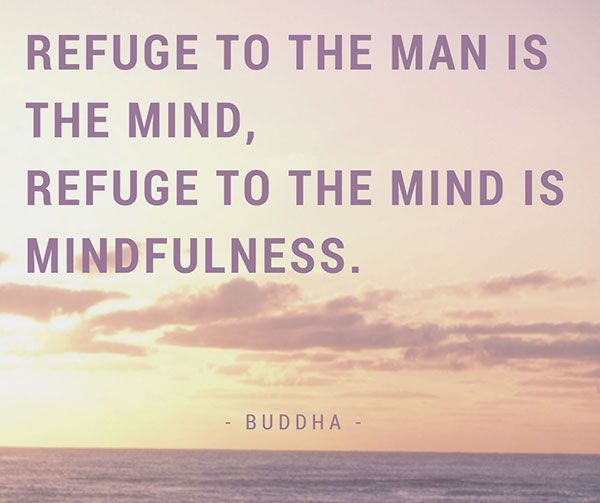Mindfulness
March 25, 2025

In our modern day world, Mindfulness is a concept gaining a great deal of attention and interest. Current research studies report numerous associated benefits linked directly to what was once considered to be an old age practice.
So, what is mindfulness?
Seen as the act of self-awareness; being acutely aware of what you’re sensing and feeling in the moment. The key ingredient lies in either impartial interpretations or withholding of judgments.
The practice of mindfulness stems from meditation. These two methods are similar in nature, but mindfulness differs, as it involves learning to get out of our own personal headspace.
Craziness exists in the world we live in and as a result, balancing of responsibilities and activities can be overwhelming for many of us. Mindfulness can be a positive means of coping, while still moving forward in a constructive and effective manner. In personal, school, or work related situations, this can bring about improved relationships.
Mindfulness takes practice and positivity, but the results are considered worth the effort. The goal of mindfulness however, is not to stop being distracted, but to learn how to gently and efficiently bring thoughts back to the present. Greater consciousness in the present arises. For anyone in an executive or managerial role facing a barrage of problems and expected to make fast decisions, the ability to be mindful is vital.
For those individuals who feel drained from spending too much time planning, problem solving, daydreaming and thinking negative thoughts, the outcome can be stress, anxiety and lowered moods. Practicing mindfulness exercises can help steer attention away from this type of thinking and therefore promote engagement directly with the world around.
We have a cultural understanding and acceptance that daily exercise for the body is necessary for humans to be fit and healthy. The brain is no different than any other part of the body; yet, we don’t all hold the same philosophy when it comes to the mind.
Putting mindfulness into day to day life:
This can be achieved with small and simple steps with a focus on what feels comfortable, sustainable and enjoyable. Consider the following areas:
Eating – focusing and noticing when we are full helps to prevent overeating. This is a powerful tool for anyone who eats on the go, or in restaurants where there are many distractions.
When we focus on the food we are consuming – colours, texture, taste, flavor, we may find that we chew our food more thoroughly and this in itself trains us to value food for what it is – nutrition and fuel for our body.
We are what we eat is an old age phrase that truly reflects this point.
Food needs to be respected and mindfulness brings to light the joy of eating nutritious food choices. Our physical body relies on our tending to this basic human need.
Listening – focusing on conversations and with the people whom we are speaking. Attentiveness in relationships brings about positive connections.
This technique would be of benefit for anyone facing interviews, class lectures and everyday conversations. In all three areas, opportunities exist to use attentive listening skills and subsequently practice holding better attention.
Exercise – learning to focus on how we are feeling is an essential tool for anyone participating in any type of exercise program. Our bodies ‘tell’ us how much energy we have, if our muscles are sore or tight and if we feel unmotivated. These cues can guide us to safe, enjoyable and effective training sessions.
In essence, mindfulness allows us to connect with our body as one, thereby reducing stress levels, negative thinking and emotional reactivity. The potential is there to expand the working memory, attention span and improve mood.
SHOULD I COMBINE CHIRO AND OTHER TREATMENTS?5 QUICK KEYS TO RELATIONSHIP HAPPINESS
To learn more about our services, visit our homepage.
